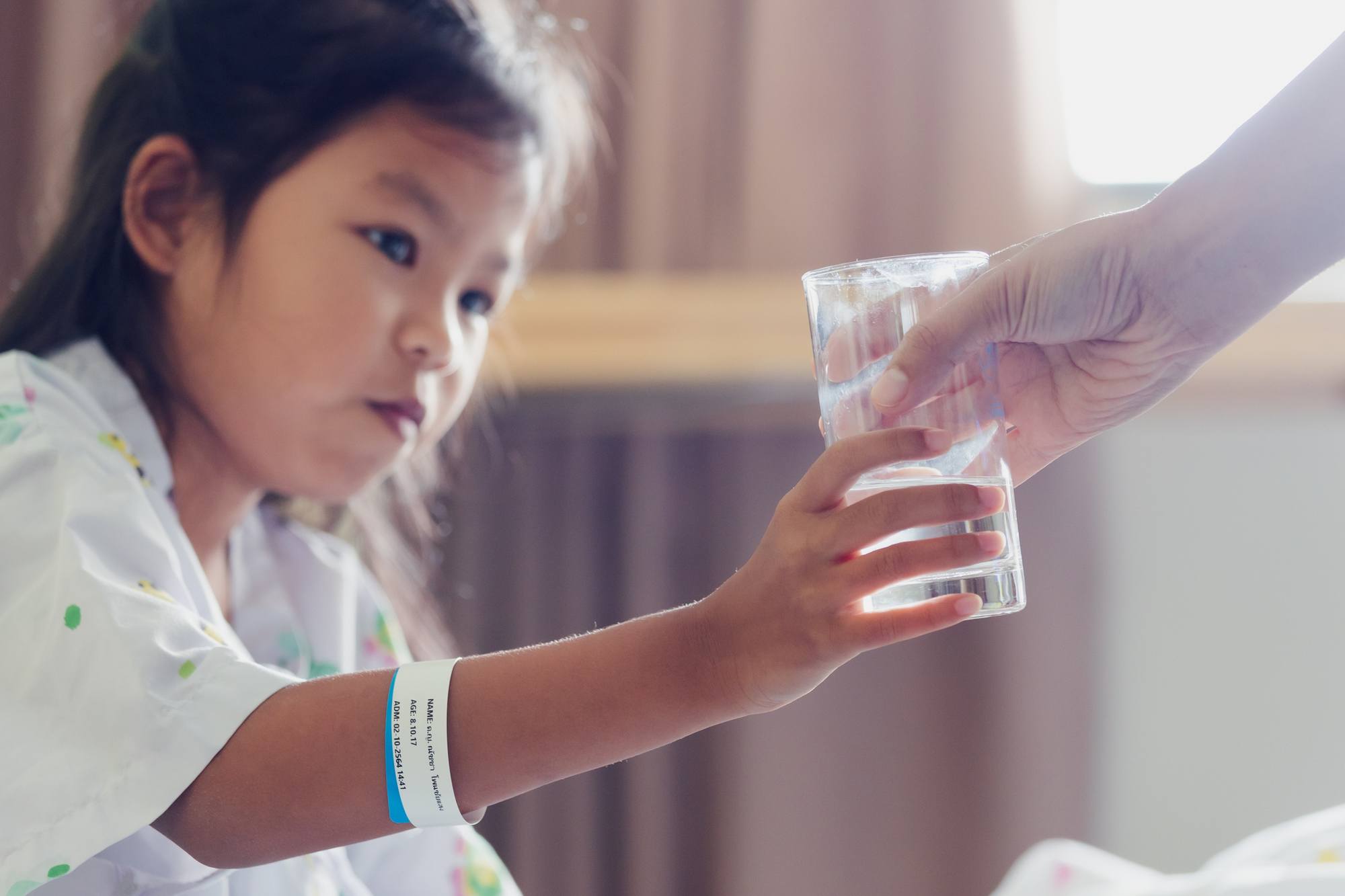
Education
Biofilm interview with CBE’s Dr. Paul Sturman
Dr. Paul Sturman, Research Professor and Industrial Coordinator at the Center for Biofilm Engineering (CBE), discusses biofilms and their relationship to the CDC’s list of opportunistic pathogens. Biofilms are a big part of the microbiome of premise plumbing systems and the different concentrations of bulk water pathogens. Dr. Sturman’s extensive research and knowledge of these slimy communities of microorganisms offer insightful points about biofilms, pathogens, and how they affect the systems in which they grow.
Who is Dr. Paul Sturman?
Dr. Paul Sturman began his impressive line of work in Forestry, operating in the wood products industry before pursuing his master’s in environmental engineering at Montana State University (MSU). While completing post-grad bioremediation work of soil and groundwater and working as research faculty at MSU, Dr. Sturman received project funding through the U.S. Environmental Protection Agency (EPA), allowing him to advance his environmental engineering education by obtaining his PhD. Currently, Dr. Sturman serves as Research Professor and Industrial Coordinator at the Center for Biofilm Engineering (CBE) in Bozeman, MT. He currently works on a NASA-funded project, attempting to answer how biofilm growth compromises the wastewater system.
Working with government agencies
We recognize that the regulation of biofilm related products is hugely important to both manufacturers of those products and in terms of helping society, in general. We want to have a regulatory agency to serve as the “watchdog” to ensure the products being developed are fair, consistently applied, and effective. The EPA now has a high-level disinfectant claim for biofilm. The Food and Drug Administration (FDA) is composed of different centers, so they are a bit less centralized in that. Paul helps guide them, in an advisory and regulatory sense, working with international biofilm organizations (NBIC, SCELSE, Costerton) with slightly different focuses but all focused on industrial relevant work to make discoveries about biofilms.
What is a biofilm?
A biofilm is a community of microorganisms attached to a surface through the extra cellular polymer matrix of their own making. An individual cell free-floating in a bulk water situation would meet a surface, and the cell would grasp onto the surface and stick. Then, the cell undergoes a change in the genes that it begins to express. It down-regulates genes that are associated with the planktonic or free-floating form of growth and up-regulates genes that are associated with the biofilm form of growth. These genes encode for things like extracellular matrix production, so it starts to exude these extracellular polymers that help it stick to a surface and stick to each other.
So, shortly after the cell attaches to a surface, it will start to divide. The cells undergo binary fission and grow. The doubling time of these organisms can be 30-minutes. So, you can develop a relatively substantial biofilm from just a few cells attaching to a surface. As the biofilm grows, it starts to attain a three-dimensional matrix, polymers, extracellular DNA, inorganic scale, to develop a community of different types of organisms. As the biofilm grows and thickens, the potential for different physiologically adapted organisms’ abilities to thrive becomes greater. You can see how there are many different ecological niches within the biofilm that are populated with whatever organism is best adapted to that niche.
Sometimes, these organisms will trade, or help each other, in terms of their physiology. They may be growing synergistically. The food that one organism uses might be a waste product that another organism uses. While this is not done with any intention, this is just the way things develop.
There is a directed source of communication within organisms where a critical mass of organisms is packed into a particular volume, producing signaling molecules. When the signaling molecules build up, the cells sense that and turn on genes with factors that can hurt the hose.
How do cells arrange themselves within a biofilm?
It happenstance. The cells attach, get stuck, and either grow there or they do not. The cells that end up thriving are those that are in a location well-equipped with nutrients and waste removal. This is how we see diversity grow up in a biofilm. Take brushing your teeth, for example. To prevent cavities, we must brush our teeth. As our oral biofilm becomes thicker, the potential for acid-producing organisms to exist within that plaque biofilm increases. Brushing our teeth wears away that biofilm, ensuring it maintains a thin character, and ultimately removing the environment for those acid-producing organisms to reside and thrive. The same thing is true in a drinking water line.
Let’s talk about biofilm vulnerabilities
Wherever a non-sterile fluid is in contact with a surface, a biofilm will develop. The cleanest type of water that Paul ever came across was water for injection. These are industrial companies that are making something that is going to get injected into the human body, and even those systems are not sterile. Though the end-product is sterile because of terminal sterilization, the system still has potential for biofilm growth.
For your average potable water pipeline, the utility may be required to measure coliforms, or perhaps a heterotrophic plate count (HPC), and the EPA has guidelines that say there should be less than 500 colony-forming units per mL of water. They also have hard-and-fast rules surrounding potentially pathogenic organisms. However, every pipeline carrying potable water is going to have a biofilm, which is why utilities are required to maintain a residual disinfectant in the line. The problem is that not all utilities are required to use this disinfectant, particularly those from smaller communities that use groundwater. Once potential pathogens get into that line, it may be very hard to eradicate them if a residual disinfectant is not present to help with that process.
While utilities are required to test periodically for coliform organisms as indicators for potential contamination. Paul recommends this testing continue monthly because it ensures the system is being maintained in a state of cleanliness.
Characteristics of a biofilm that would harbor pathogens of concern
Some organisms are better at forming biofilms than others, as seen from laboratory experiments. If you have a pathogen that is not well-versed in biofilm creation, it likely would not do too well within a premise plumbing system on its own. However, we know that pathogens are never on their own in a drinking water situation. Hundreds, if not thousands, of different species are present in every sample of drinking water, and we often do not realize what is truly there unless we do a PCR analysis. While utilities are required to test periodically for coliform organisms as indicators for potential contamination, Paul recommends this testing continue monthly because it ensures the system is being maintained in a state of cleanliness.
What is left to discover?
The advent of community analysis and some of the techniques that are now available are opening areas of inquiry that would not have been able to be explored decades ago. qPCR has allowed us to ask and answer the question of, “who is there”? Before qPCR, all we could do was try to grow organisms from a sample. Some organisms do not grow well on the laboratory media, or food, they are given. With qPCR, we can more broadly inquire about the presence of DNA, and we found that we’re only culturing for a limited number of pathogens in a drinking water sample. There’s far more diversity there than ever imagined, and many of these organisms are yet to be well-defined. So, qPCR allows us to not only identify “who’s there”, but also explore unknown characteristics and activity levels of newly discovered organisms.
Want to know more?
Reach out for quotes, additional product details, inventory status, installation questions and more.

